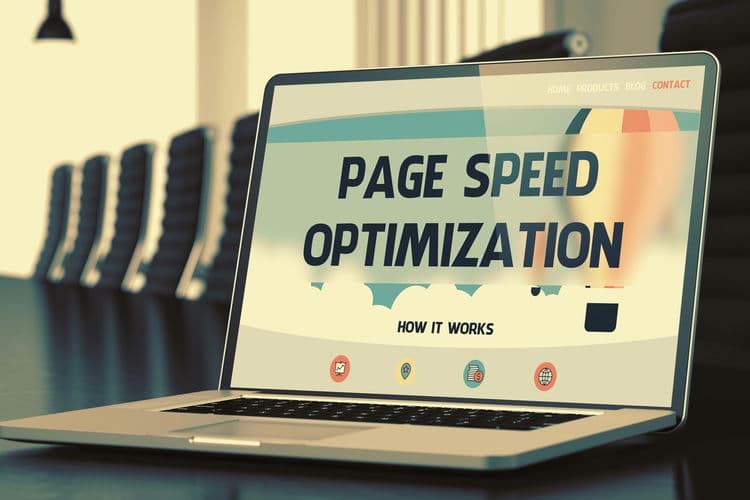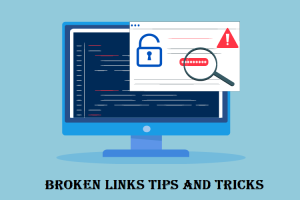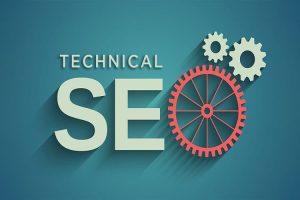In today’s digital landscape, a website’s performance is vital for driving conversions and achieving business goals. A slow-loading or poorly optimized site can lead to high bounce rates, frustrated visitors, and missed opportunities. To ensure your website delivers a seamless user experience and maximizes conversion rates, it’s essential to focus on performance optimization. This article explores effective strategies to enhance your website’s performance, from improving loading speed to optimizing mobile responsiveness and leveraging SEO-friendly heading tags for better search engine visibility.

Prioritize Website Speed
Website loading speed is a crucial factor influencing user experience and conversion rates. To optimize your website’s speed, consider the following steps:
- Compress Images: Reduce image file sizes without sacrificing quality.
- Minimize HTTP Requests: Combine and minify CSS and JavaScript files.
- Leverage Browser Caching: Store static elements like images, CSS, and JavaScript on visitors’ devices.
- Use Content Delivery Networks (CDNs): Distribute your content globally to minimize load times. Monitor your website’s speed on a regular basis with tools such as GTmetrix or Google PageSpeed Insights to detect and resolve performance bottlenecks.
Optimize Mobile Responsiveness
In the mobile-centric era, ensuring your website is mobile-responsive is critical for conversions. Optimize your website for different screen sizes and devices by:
- Implementing Responsive Design Techniques: Use fluid layouts, scalable images, and touch-friendly navigation.
- Ensuring Cross-Device Compatibility: Test your website on various devices to ensure a seamless experience.
Minimize HTTP Requests
Reduce the number of HTTP requests made by your website by:
- Combining and Minifying CSS and JavaScript Files: Streamline your code to reduce load times.
- Eliminating Unnecessary Plugins and Scripts: Remove any unused or redundant elements to optimize performance.
Implement Caching
Leverage browser caching to store static elements of your website on visitors’ devices. This allows subsequent page visits to load faster, enhancing the overall user experience. Configure caching settings on your server or use caching plugins to improve website performance.
Optimize Image Sizes and Formats
Images are often the largest contributors to page load times. Optimize images by:
- Resizing to Appropriate Dimensions: Ensure images are not larger than necessary.
- Compressing Images: Use tools to reduce file sizes without compromising quality.
- Using Modern Image Formats: Consider formats like WebP to further reduce file sizes.
- Implementing Lazy Loading: Load images as users scroll to improve initial page load times.
Utilize SEO-Friendly Heading Tags
Heading tags (H1, H2, H3, etc.) structure your content and provide valuable signals to search engines. Use heading tags strategically by:
- Placing Relevant Keywords in Headings: Ensure headings accurately represent page content.
- Organizing Content Hierarchically: Help search engines understand the context and importance of your content.
Optimize Code and Scripts
Clean, optimized code ensures faster rendering and improved performance. To optimize your code:
- Minify HTML, CSS, and JavaScript Files: Reduce file sizes by removing unnecessary elements.
- Remove Unnecessary Code: Eliminate code comments, whitespace, and unused snippets.
- Update and Optimize Third-Party Scripts and Plugins: Avoid compatibility issues and performance bottlenecks.
Conclusion
Optimizing your website’s performance is crucial for achieving better conversion rates and maximizing your online business potential. By prioritizing website speed, optimizing mobile responsiveness, minimizing HTTP requests, implementing caching, optimizing image sizes and formats, utilizing SEO-friendly heading tags, and optimizing code and scripts, you can enhance user experience, increase engagement, and boost conversion rates. Regularly monitor and analyze your website’s performance to identify areas for improvement and stay ahead of the competition. Embrace these strategies and watch as your website’s performance improves, ultimately leading to better conversion rates and business success.





